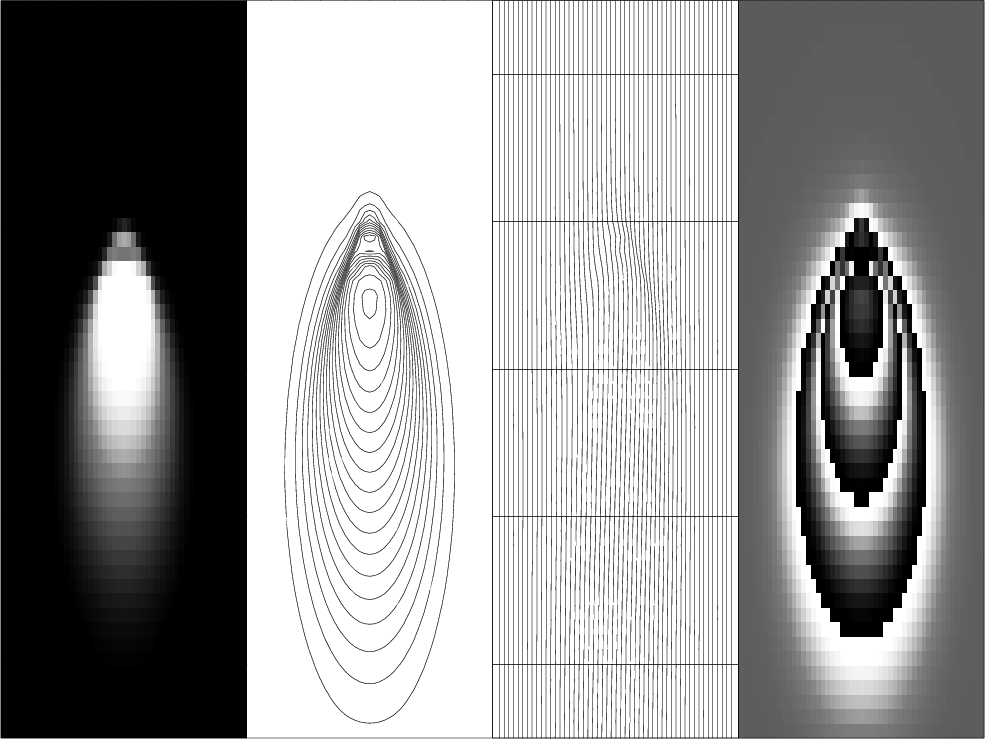|
|
|
|
Model fitting by least squares |
sf_igrad2_init(n1,n2);
sf_tinysolver(sf_igrad2_lop,sf_cgstep,
n1*n2,n1*n2*2,hh,NULL,rt[0][0],niter);
|

|
|---|
|
veshigh
Figure 13. Estimated altitude. |
|
|
Revise igrad2 to make a module called tgrad2 which has transient boundaries.

|
|---|
|
synmod
Figure 14. Synthetic mountain with hidden backside. For your estimation enjoyment. |
|
|
|
|
|
|
Model fitting by least squares |